Hypnotizing Digital Children by Ruud Van Empel
Categories: Exhibition | World
By Pictolic https://pictolic.com/article/hypnotizing-digital-children-by-ruud-van-empel.htmlDutch photographer Ruud Van Empel has been working with digital photo-collage since the late 90s - all his works are made up of hundreds of thousands of individual photos. Each element at work is photographed separately, and therefore every detail of these collages looks lively, bright, and it all looks like drawn illustrations, not a photo.
(Total 20 photos)
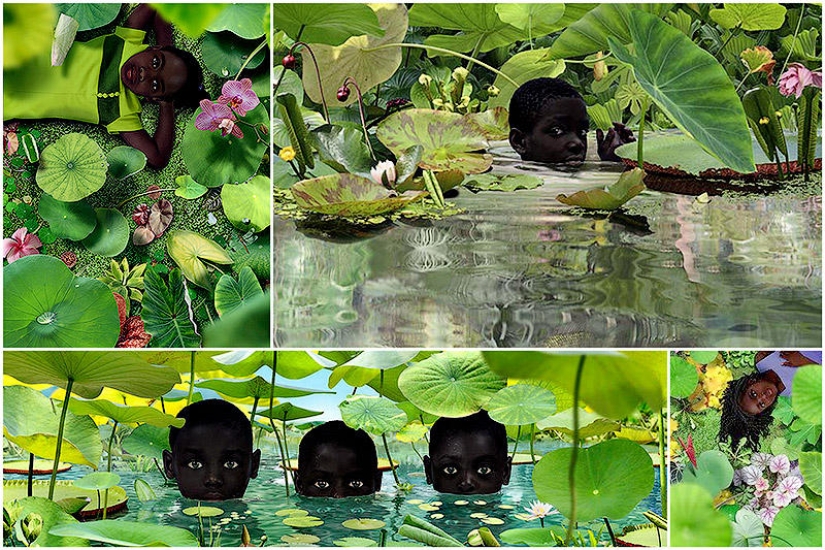
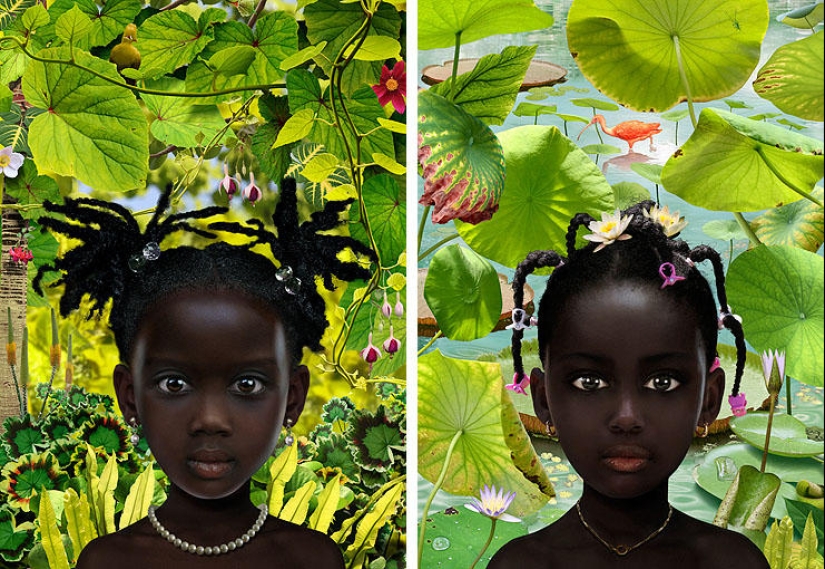
1. Ruud Van Empel was born in 1958 in Breda, lives and works in Amsterdam.
Ruud van Empel is a very versatile artist. Before becoming famous in photography, he had already made an excellent career as a decorator and theater artist, graphic designer and film director. He worked in several television companies as an art director, and in 1993 he received the award. Charlotte Köhler for television and other projects. In the early 90s, van Empel first began to show the audience his art work - these were collages, mostly black and white, of plants, animals, flowers and trees embedded in landscapes or forest landscapes. This was before Adobe Photoshop was widely used, and after it became more accessible, the artist adopted it for creating his photographs. From the mid-90s, Ruud Van Empel concentrated exclusively on art photography and began to create thematic photo series, now in color: "Office", "Sketch in green tones" and the series "World, Moon and Venus", the continuation of which is now shown by Stuxx gallery.
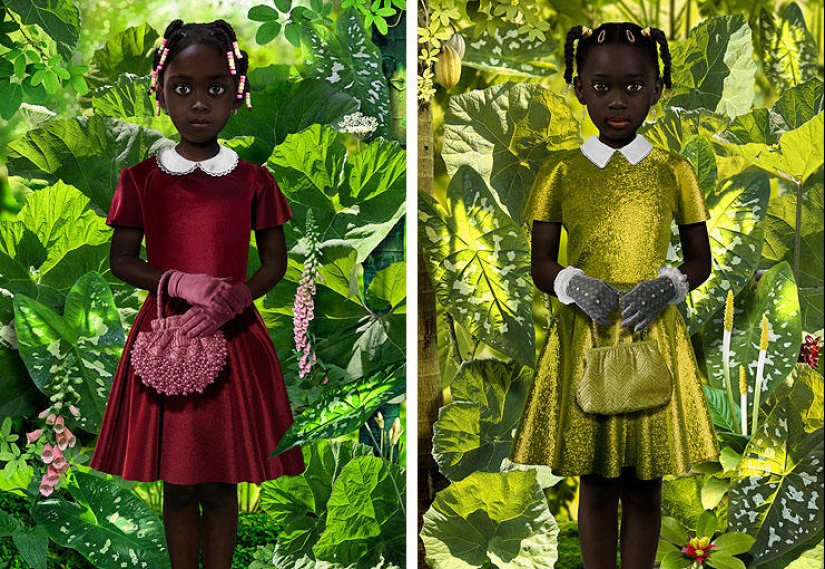
2. Ruud Van Empel uses various technical means in his work. Until 2002, he dealt with photographs and illustrations taken from magazines. Now he devotes all his attention to photography and compiles images in collage technique. Basically, these are the most beautiful landscapes with elements of wildlife, which the author creates using a computer.
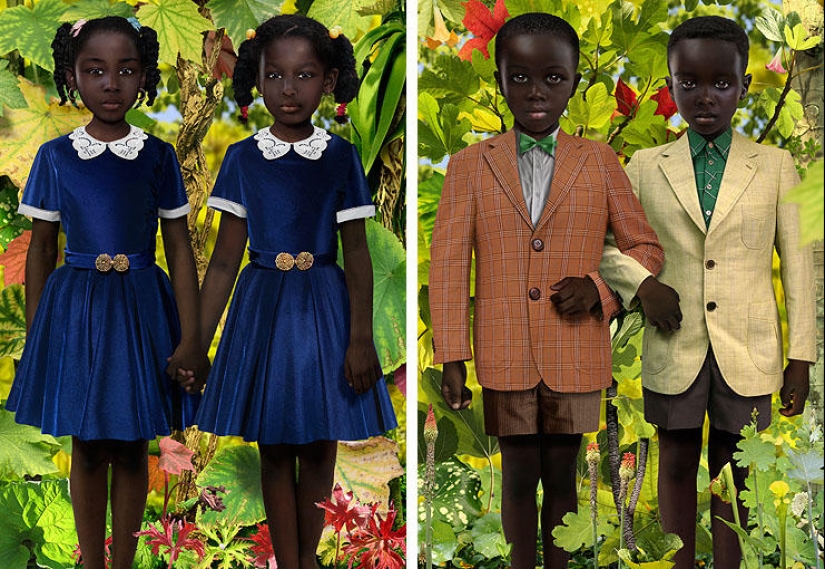
3. The emphasis, however, is not on reality and not on obedience to the rules of proportion and perspective, but rather on the arrangement of objects in the space of the composition in which the person occupies the position of the center of perception. The narration is conducted according to its interaction with surrounding objects.
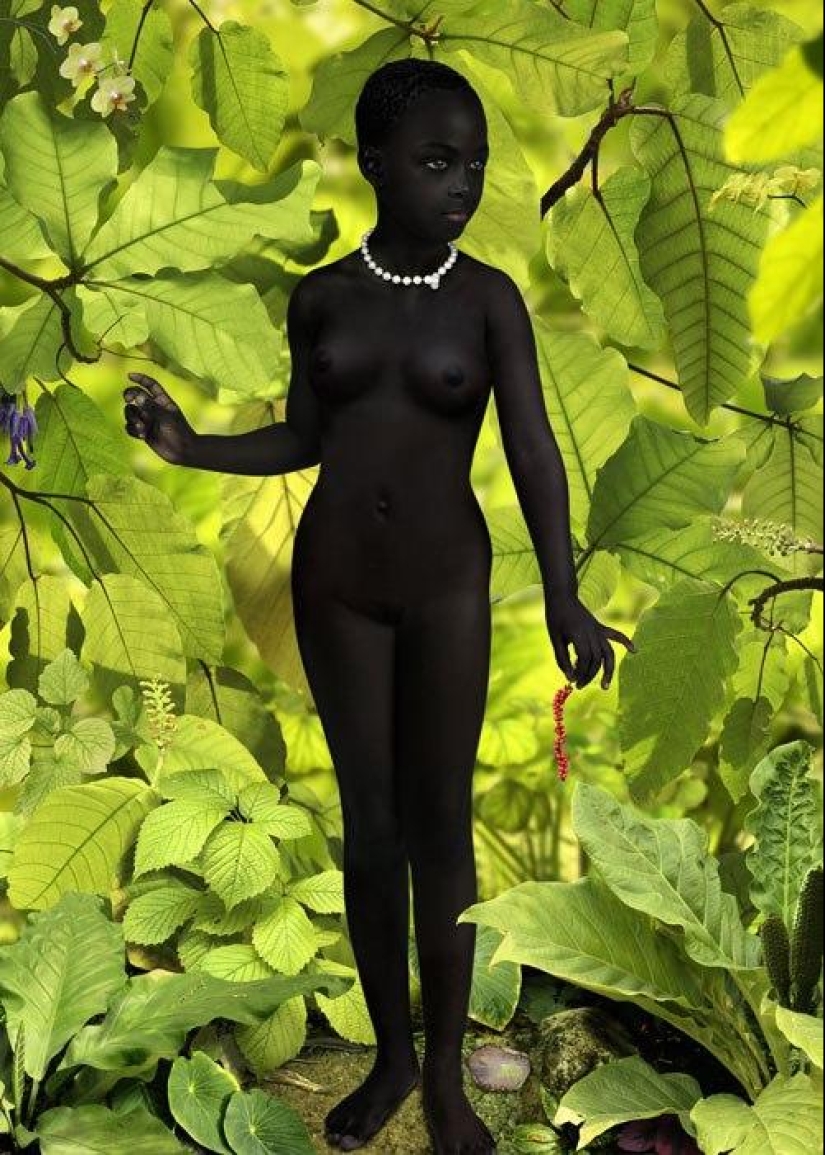
4.
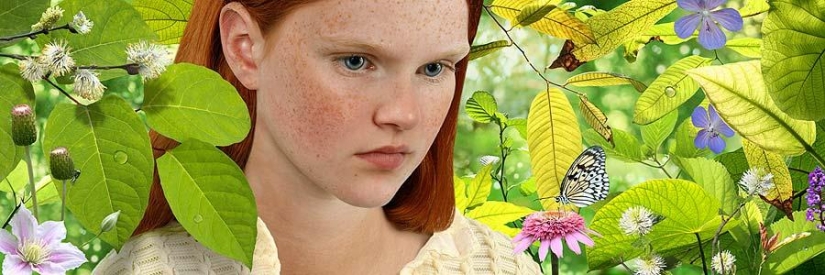
5. Through such stylistic means as changing proportions, working with light and details, he achieves harmony in the picture. The environment is carefully planned. Above all, the images radiate harmony, tranquility and beauty. Si fringe prints on Plexiglas are extremely three-dimensional. Hyper-realistic images, on the one hand, and bright slick compositions, on the other, emphasize the nature of the synthetic construction and create tension between reality and imagination.
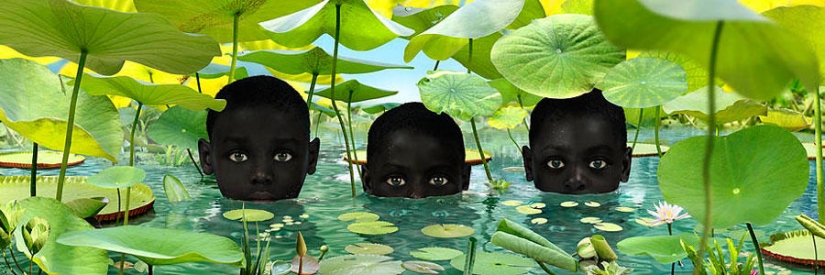
6. Among the most important series that Ruud Van Empel has created over the past few years is the World series (World): the works depict mostly black children standing in the greenery or directly looking at the viewer. Heroes also become the Moon, personifying the night, Venus with graceful nude models, and Dawn with pensive girls among flowers and other plants. These series preceded his surrealistic series Office (Office), in which Van Empel began to develop digital performance techniques.
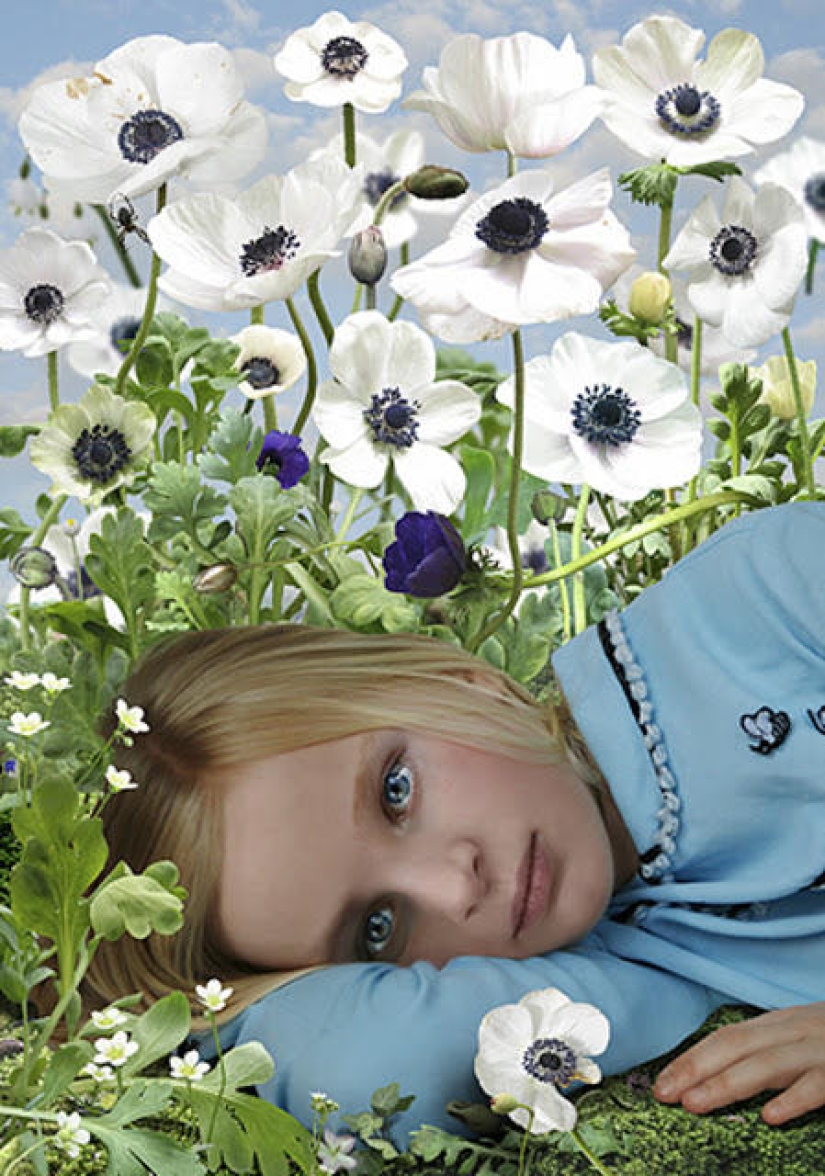
7.
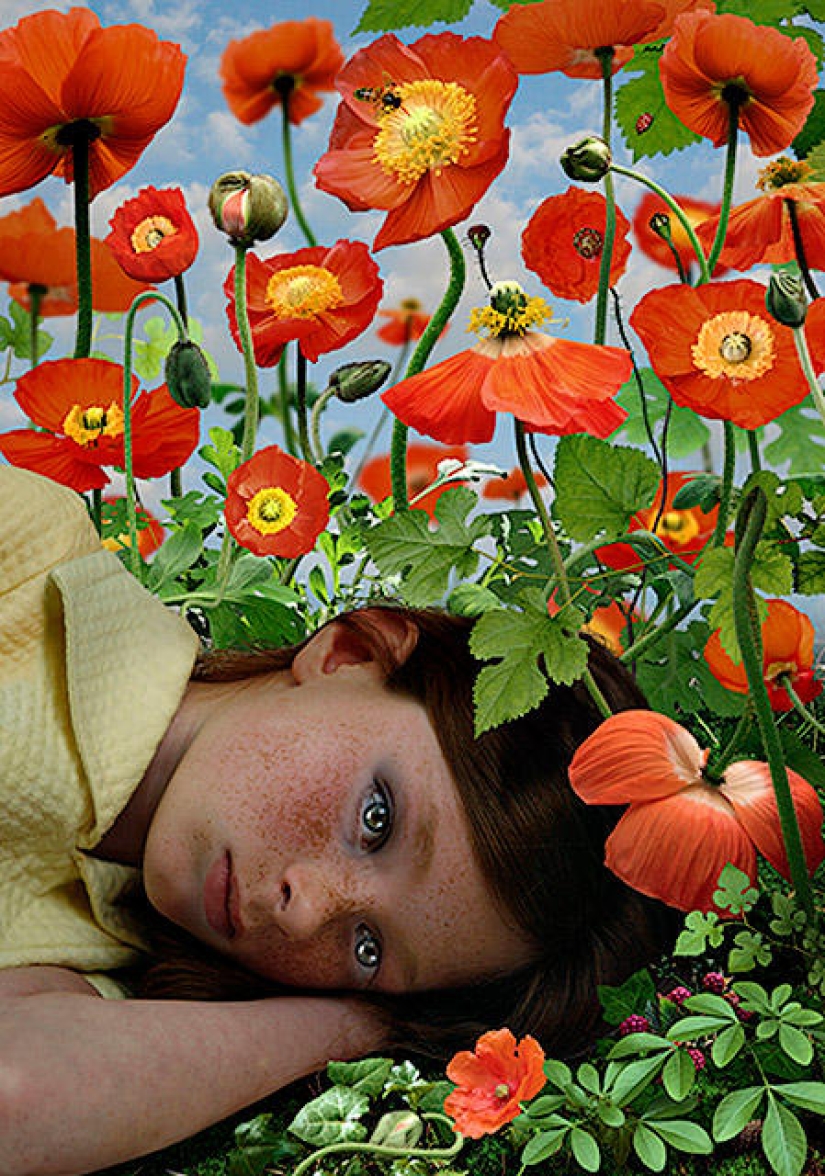
8.
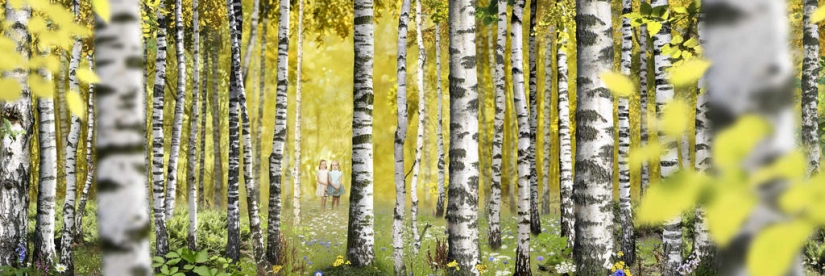
9. Since 2002, he has been working on this series, exploring the nature of the world, it was in it that he finally formed his visual language: photographic works with incredible color vibrancy, rich detail, intriguing imagery and an atmosphere of prediction and foreboding. And more and more often, in his fantasy paintings, he includes children in various images, creating multifaceted images that deceive our perception. These photographic images are magically realistic, even hyperrealistic, an ideal towards which painting almost hopelessly aspires. In turn, van Empel's staged photographs are finalized on a computer, imitating pictorial effects, which is why the already delicate balance between the real and the unreal, the possible and the impossible is even more leveled.
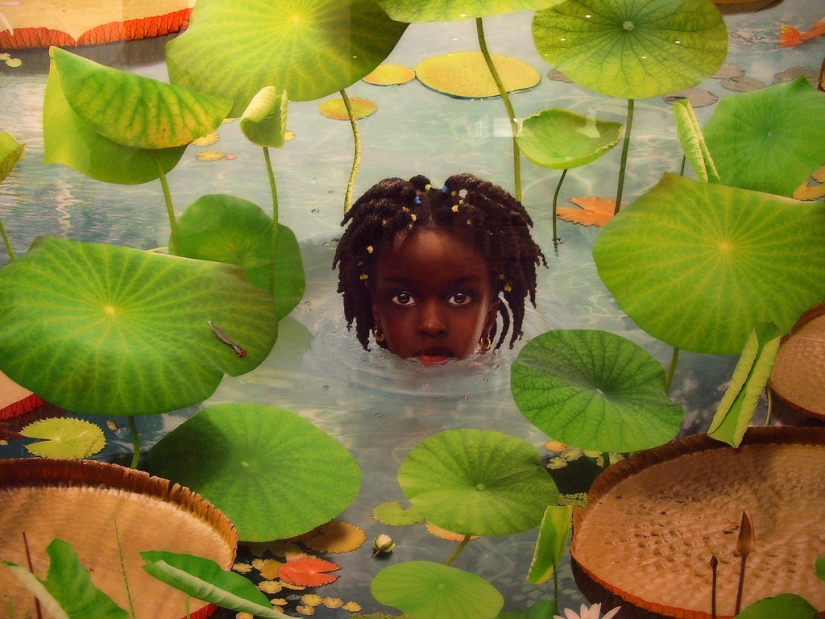
10. The combination of two hyper-realistic elements - a lush background of plants and trees and gazing at the viewer, a little ghostly children - create a mystical relationship between obviously different worlds. The viewer switches from one "World" to another and everyone chooses his own, closer to him - the world of the child, whose posture and gestures, consistent with the title of the photograph, can refer to familiar pictorial images, for example, Botticelli's "The Birth of Venus" or the world of nature and its inhabitants, referring to the green thickets of the French impressionist Henri Rousseau. Ruud van Empel playfully plays with the perception of the viewer: his world, ideally built with the help of digital technologies, by the way, confirming their superiority in the modern visual environment, is revealed to the viewer gradually, layer by layer, because in order to understand each subsequent one, you need to make an effort - to attract additional internal resources of imagination and knowledge of the real world.
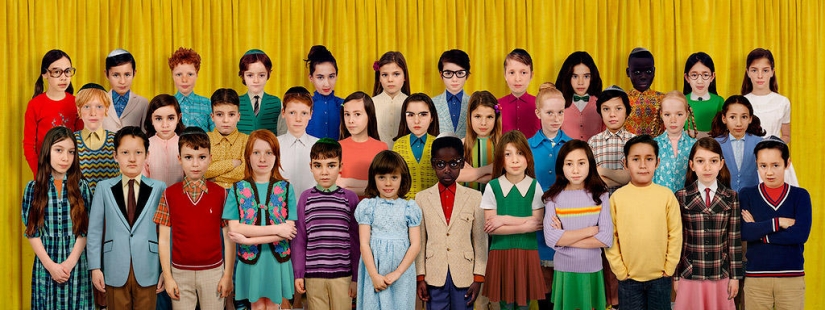
eleven.
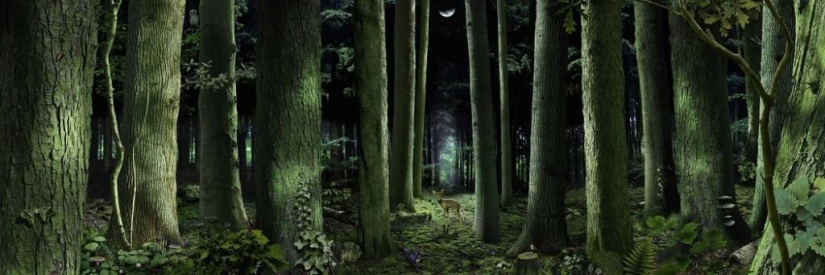
12.
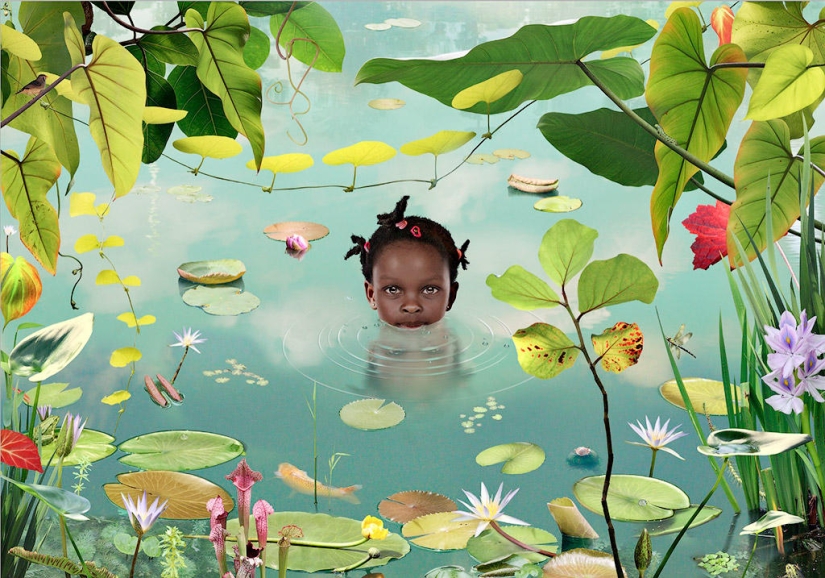
13.
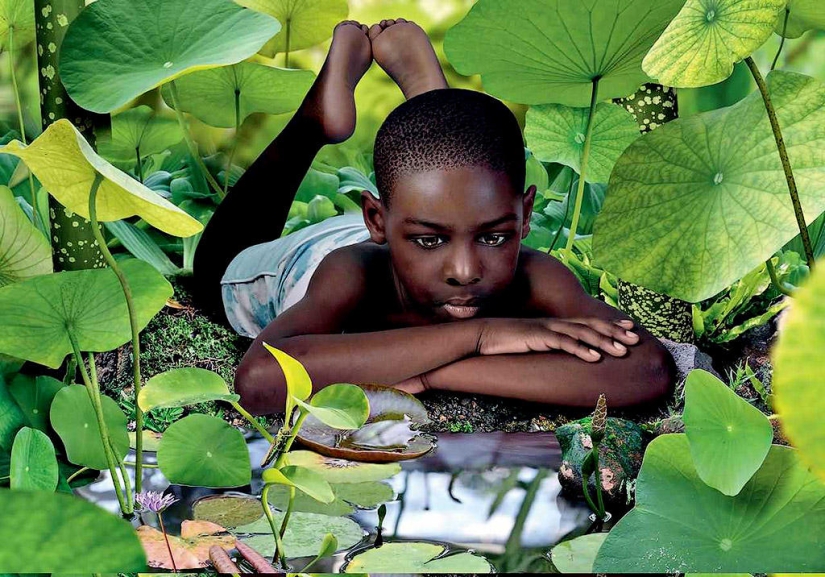
14.
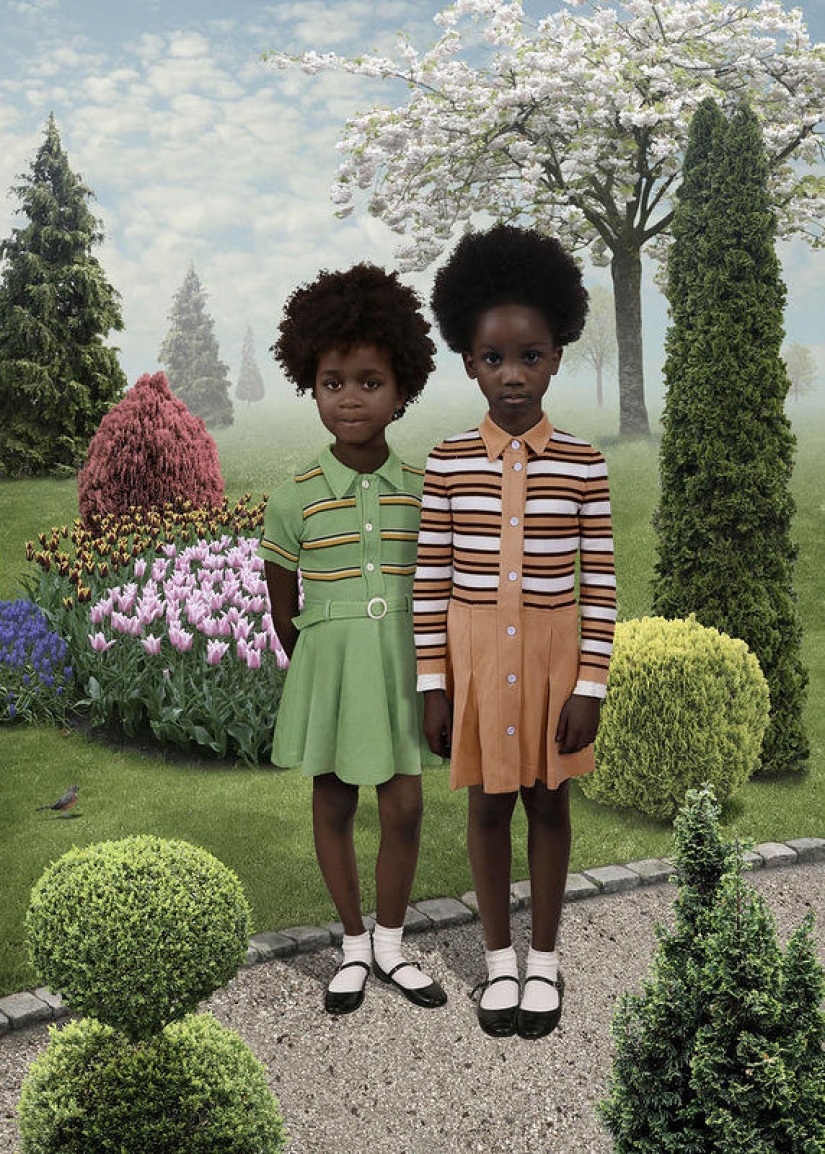
15.
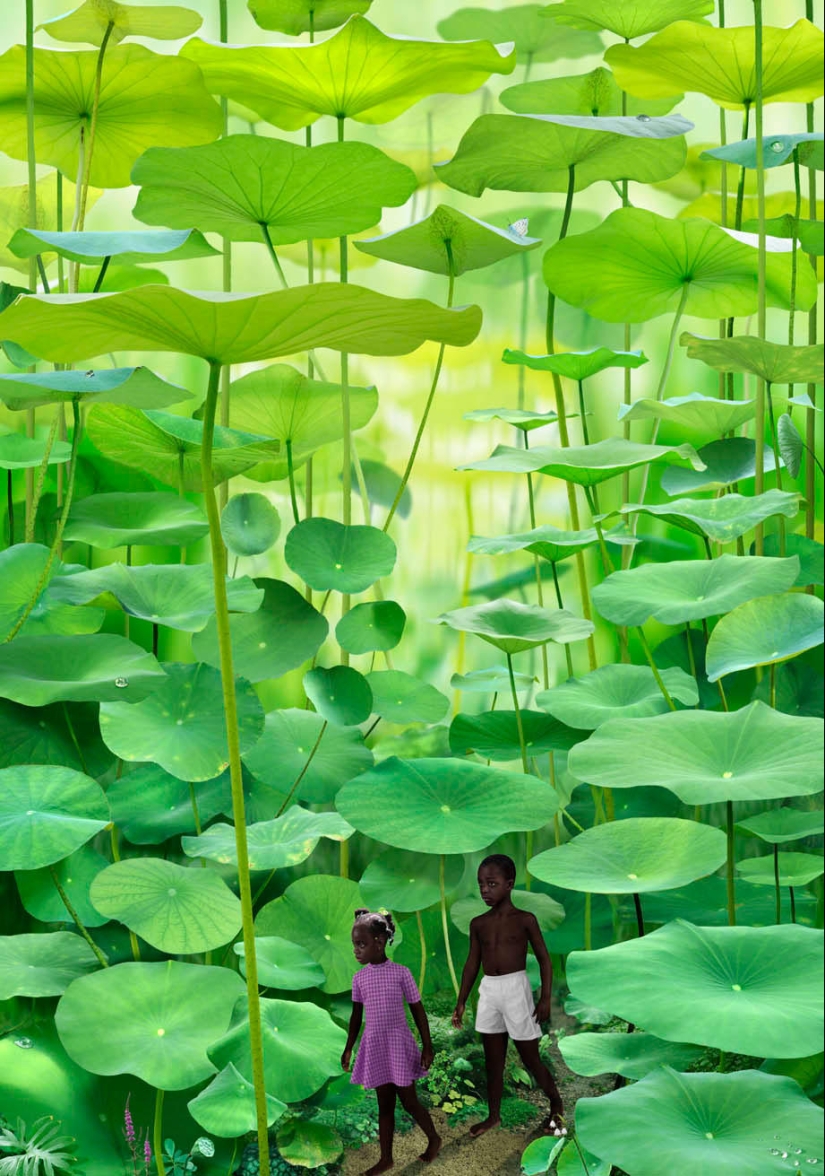
16.
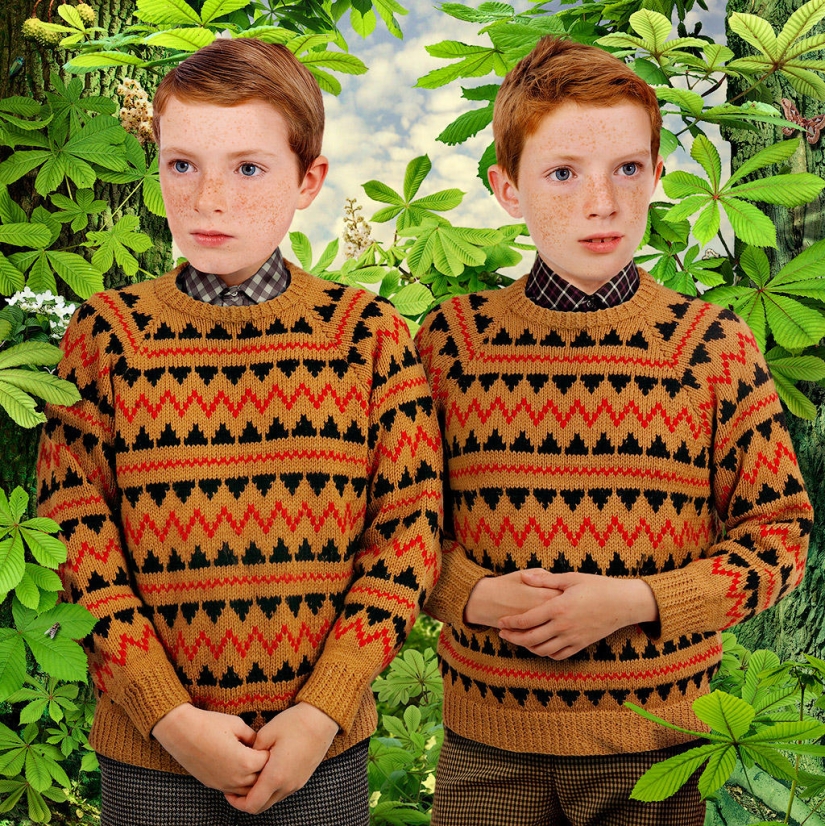
17.
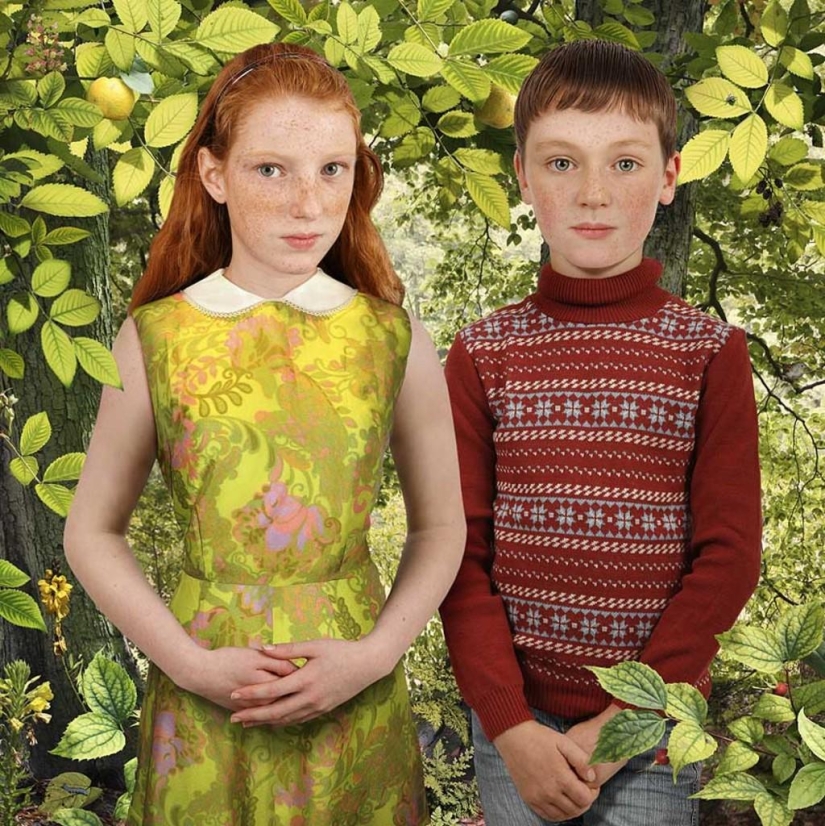
18. Ruud Van Empel studied from 1976 to 1981 at the Academy of Fine Arts Saint Joost Breda, The Netherlands. Over the past few years, Van Empel's work has been successfully exhibited internationally in Europe, USA and Asia (Japan, China, Korea) and is included in many collections in the Netherlands, USA, Spain, France, including the Sir Elton John collection in Atlanta, USA and London, UK, George Eastman House, Rochister New York, USA, Groningen Museum, Groningen, Netherlands, MoPA Museum of Photographic Arts, San Diego, CA, USA and Valkhof Het Museum, Nijmegen, Netherlands. Ruud Van Empel was awarded the Sint Joost (1981), Charlotte Köhlerprize (1981) and HN Werkmanprize (2001).
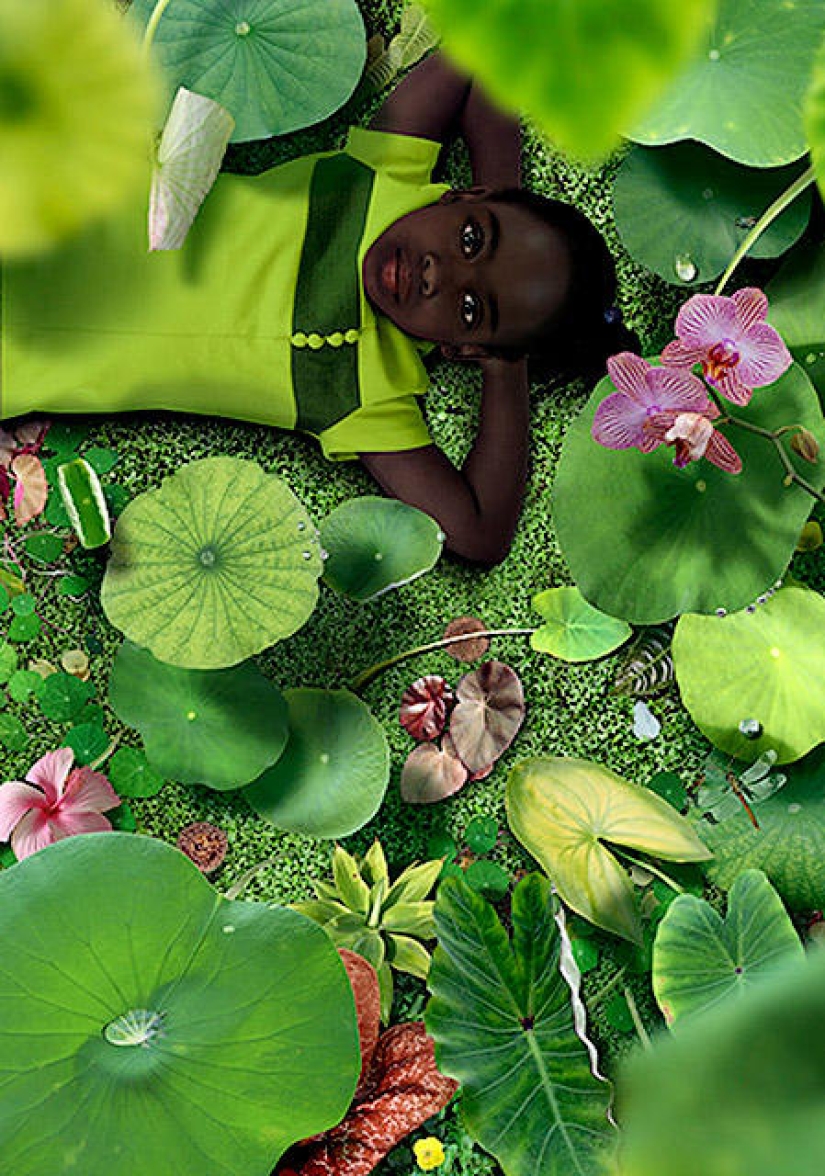
19.
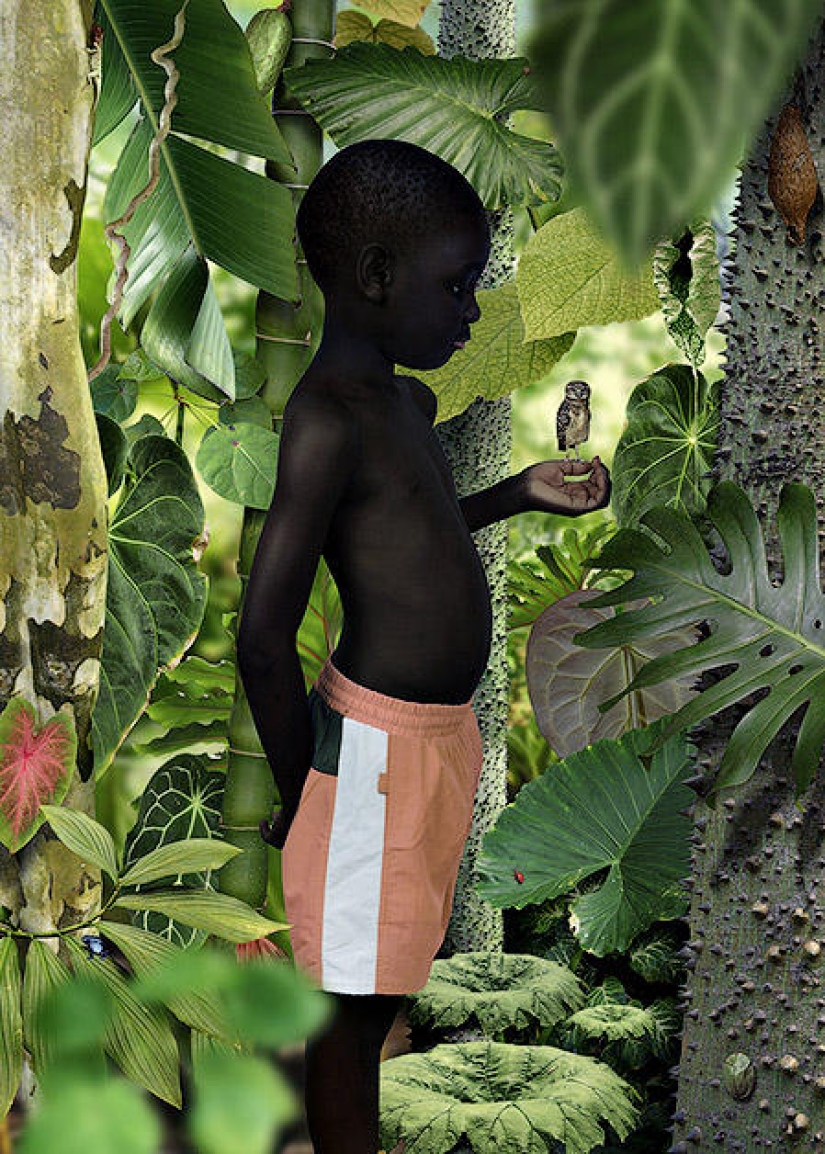
20.
Keywords: Art | Collage | Photographer | Artist
Post News ArticleRecent articles

Most of us think that the color of the eggshell does not play any role and it is possible not to pay attention. But it's not and ...

The more we rely on technology, the more potential power hackers gain over us. It doesn't matter if their goal is to help or cause ...
Related articles

American documentary photographer Bruce Davidson came to the UK in 1960 for a couple of months on the assignment of Queen magazine. ...

Famous British photographer Bob Carlos Clarke was born in an Irish corps in 1950. In 1969 he moved to England to study art and ...

Photography has the magical ability to catch the moment before it disappears. American a self-taught photographer Lauren Shipman ...

Creating a good portrait is one of the most difficult tasks for any photographer. In order to make a really natural and memorable ...